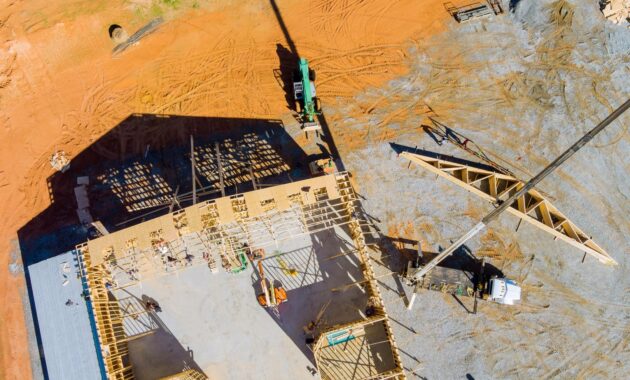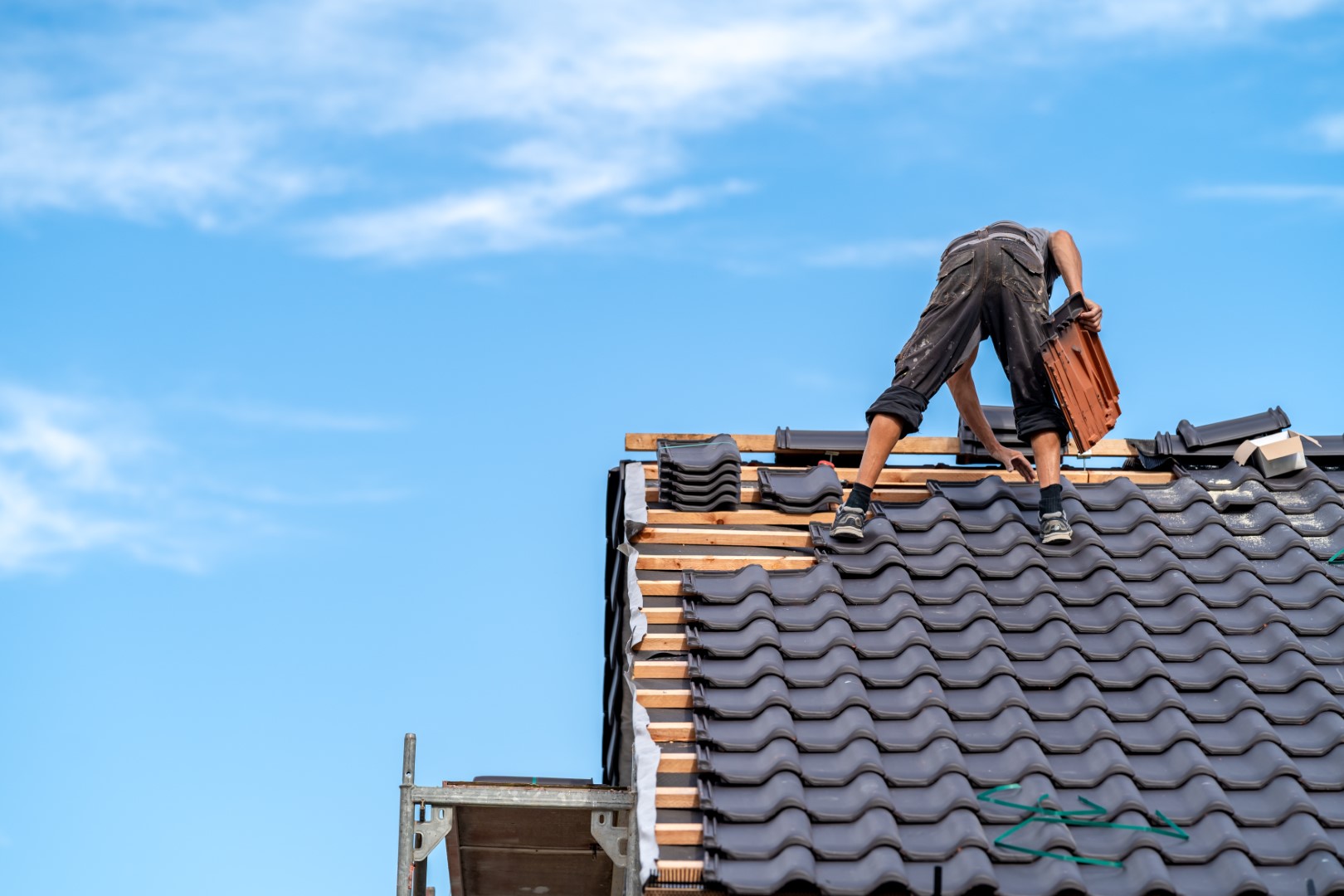Roofs are the unsung heroes of our homes, offering protection and security against the elements. They have a lifespan, however, after which they need replacement. It’s crucial to know when this time arrives, in order to maintain the structural integrity and safety of your home. To help you make an informed decision, this article delves into the various indicators that signal the need for a new roof.
Aging Roof Or Sagging Roof Deck
Most roofs – depending on the materials used – have a lifespan of about 20 to 30 years. If a roof is approaching or has surpassed this age, it might be time to consider a replacement. The wear and tear accumulated over the years could lead to various structural and functional issues, making it less effective in providing protection and insulation.
A sagging roof deck is a serious concern that requires immediate attention. This could be due to prolonged exposure to heavy loads (e.g. chimneys), water accumulation, or structural issues within the roof framing. A sagging roof isn’t just an aesthetic problem. It poses a significant risk to the safety of the inhabitants, and the stability of the entire structure. Addressing this issue early can prevent catastrophic failures, and it may involve the installation of a new roof.
Damaged Or Missing Shingles
Shingles are the outer layer of the roof, providing the first line of defense against environmental elements. Over time, they can become damaged or go missing due to weather conditions or natural deterioration. If a significant number of shingles are curling, cracking, or missing, it’s an unmistakable sign that the roof needs attention.
Fortunately, minor damages can be repaired. However, extensive issues often warrant a complete roof replacement to maintain the structural integrity of the home. It’s wise to employ a trusted roofing company, whether you need help with roofing, windows, sidings, gutters, or insulation. They may provide 0% financing, lifetime warranties, 3D interactive visualization tools, and free no-obligation estimates.
Leaks And Water Damage
If water’s seeping into the house during rain or snow melt, it’s indicative of underlying roof damage. Look for the presence of water stains, mold, or mildew inside the house – especially in the attic. These things should always be taken as a warning sign.
Prolonged water exposure can lead to more severe damage and health risks (e.g. for people with respiratory conditions). This makes it imperative to address the issue promptly. In many cases, this may necessitate a roof replacement.

Increasing Energy Bills
A well-maintained roof acts as an effective insulator. It maintains the internal temperature of the house and reduces energy consumption. As roofs age, however, their insulative properties can diminish – leading to higher energy bills.
If there’s a noticeable increase in your heating or cooling costs, it could be due to a compromised roofing system. Investigating and addressing these issues can help in restoring energy efficiency. Sometimes, this will necessitate the installation of a new, more energy-efficient roof.
Granules in Gutters
Roof shingles are often coated with granules that protect them from the sun’s UV rays. Over time, these granules can wear off and accumulate in the gutters. If there’s a significant amount of granules found there, it signals that the shingles are nearing the end of their life expectancy.
This loss of granules exposes the shingles to the elements, making the roof more susceptible to damage. It’s a subtle yet clear indication that the roof might be in need of replacement soon.
Professional Advice
Roofing experts have the knowledge and experience to comprehensively assess the condition of your roof. They can identify subtle signs of damage or wear that may be overlooked by the untrained eye. An expert can also provide an accurate estimate of the remaining lifespan of the roof. In turn, they can recommend appropriate measures, whether it’s repair or replacement.
Moreover, professional inspections can uncover issues like poor ventilation, improper installations, or structural anomalies. These things and more might be contributing to the deterioration of the roof. If an inspection reveals extensive damages or confirms it’s beyond its functional life, it’s a clear indication that a new roof is in order. In turn, you can make well-informed, proactive decisions to ensure the resilience of your house.
A roof is a significant investment and a critical component of a home’s structure. Promptly dealing with warning signs can prevent more severe issues and financial burdens in the future. By understanding when it’s time for a new roof, you can ensure the safety, efficiency, and longevity of your homes.
Discover more from Futurist Architecture
Subscribe to get the latest posts sent to your email.



